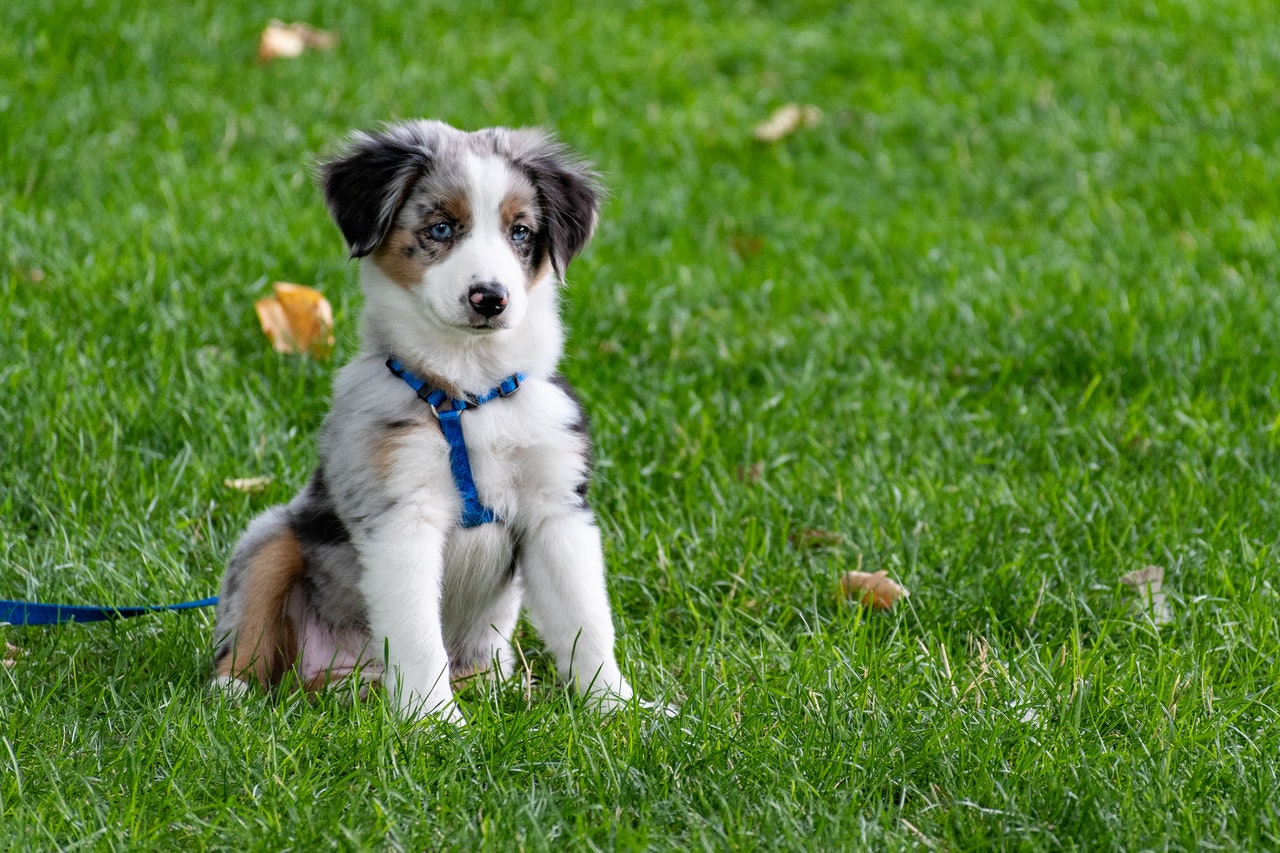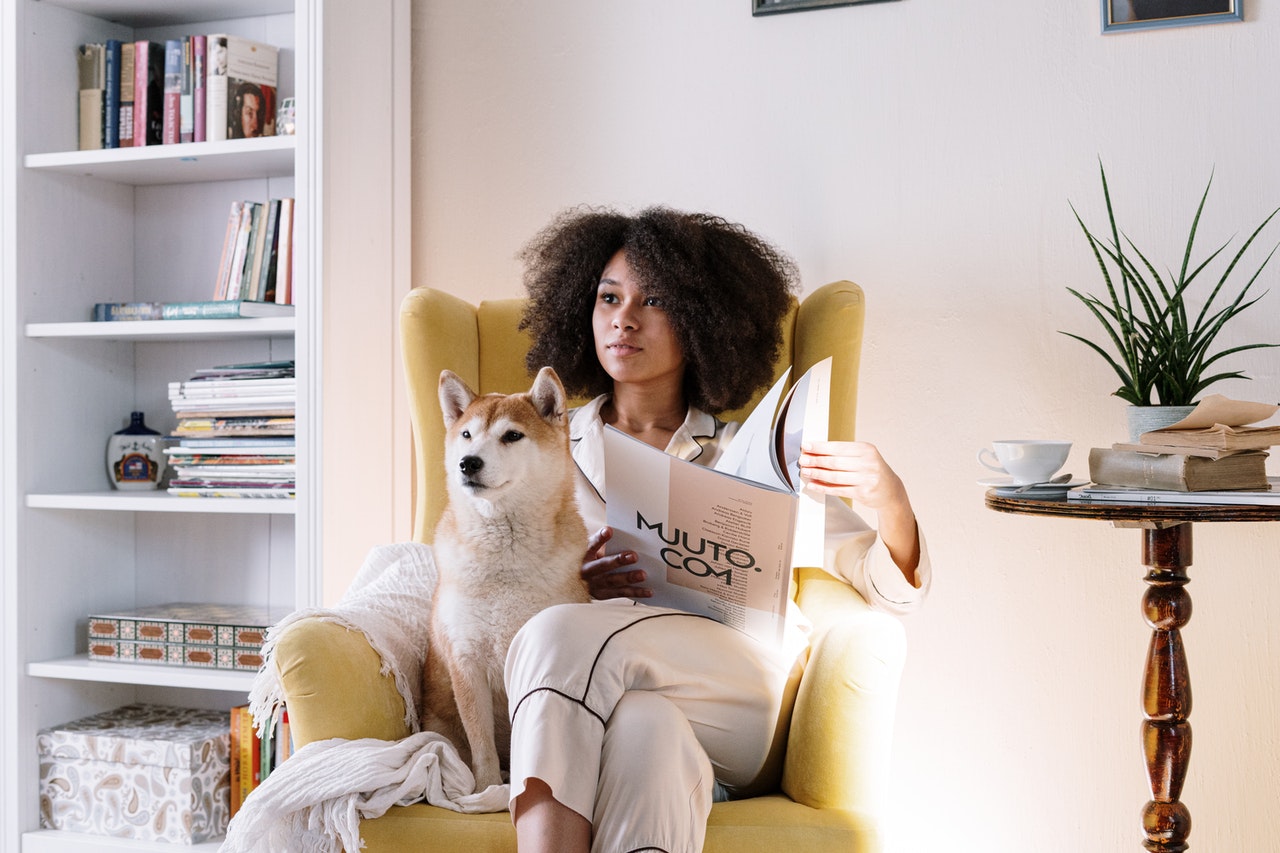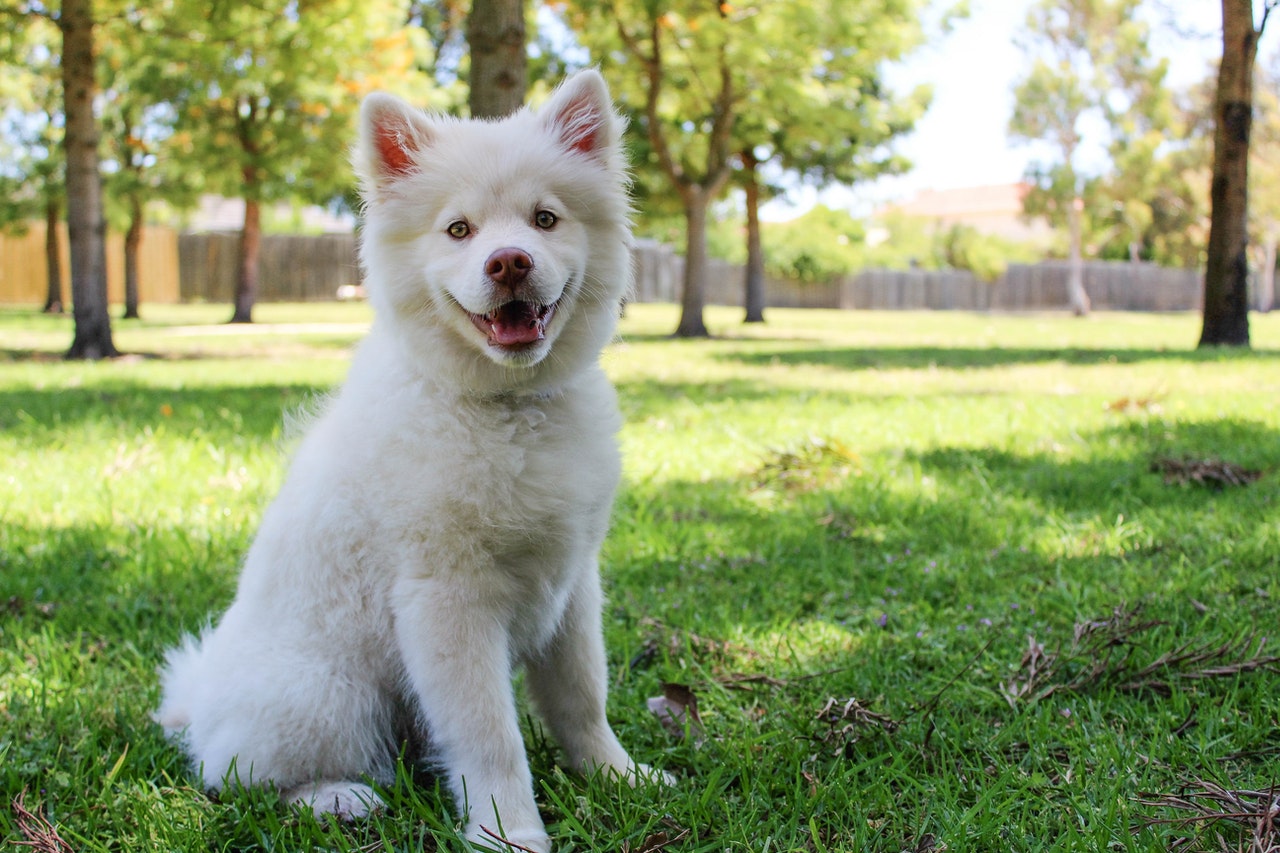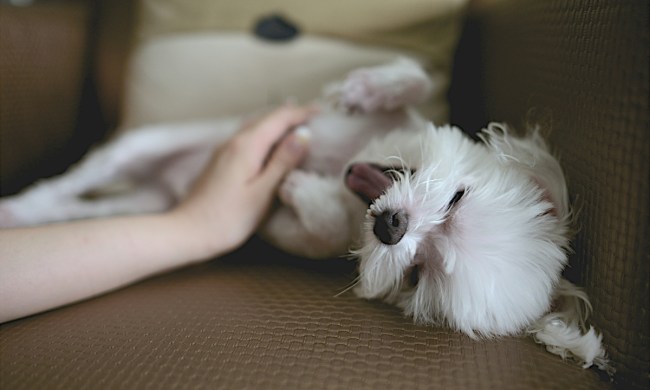Being a pet parent is a big responsibility. No matter how lovable and cute your pup is, you also want him to be well-behaved. From begging for table scraps to jumping on guests, untrained dogs exhibit a multitude of naughty behaviors that can drive you up the wall. Fortunately, we’re here to help. We’ve polled the experts, and research shows that most dogs can learn how to sit in just five or fewer steps. If you’ve ever wondered how to teach a dog to sit, then you’ve come to the right place. Here’s what you need to know.

How long does it take to teach a dog to sit?
Whether you’ve adopted an older dog or a young puppy, the first thing you probably want to know is how long it will take you to teach your dog to obey your commands. According to professional trainer Shoshi Parks, no time frame is set in stone. Just like people, each individual dog learns at his own pace. Because some dogs are naturally more intelligent than others, your dog’s trainability may also depend on his breed. A professional dog-training course usually lasts one hour per session, with one or two sessions per week for four to eight weeks. But we have some good news: frequent, consistent training yields faster results. If you work with your dog every day, you should be able to teach him to sit in just a couple of weeks.
How can I teach my dog to sit?
The most important step in teaching your dog to sit is making sure you start off on the right foot. (Or the right paw.) If you’ve adopted an older dog, try to find out as much about his history as possible. Some shelter dogs have already been trained, so your pup might just need a refresher course. However, not all shelter dogs have prior training, and finding out your dog’s history may not be possible. (Obviously, young puppies are blank slates.)
Ironically, the most important step in teaching your dog any trick starts before you utter a single command. Before your dog will obey you, he must first learn to trust you. In order for your pup to trust you, you’ll need to spend some bonding time together. While training your dog is an excellent way to foster a lifelong bond, we recommend spending time with your dog, learning his moods and habits, and allowing him to get settled in his new home before you begin training sessions.

How to train a dog in three easy steps
Are you ready to start training your pup? Let’s get into it.
Step #1: Keep lessons short and sweet
Puppies have short attention spans, so you should keep training sessions short initially. Start out slowly, working with your pup in five-minute intervals. Aim for three to five training sessions throughout the day instead of packing it all into a single, longer session. To start off, give your dog the motivation he needs to obey you. Because dogs are food-driven, using a treat as incentive will work with most dogs. For others, a favorite toy might be the perfect bargaining chip.
Step #2: Bribe your dog with a reward
Showing your dog a treat or a toy, issue your command in a calm, clear tone of voice. No matter how tempting it is, never force your pup into a seated position. Wait until he sits on his own, and immediately give him his reward while praising him for being a good boy. Your dog will come to associate things he enjoys (a treat and your attention) with the act of sitting. Dogs learn best through positive reinforcement, so make sure you spend plenty of time congratulating your pup on a job well done.
Step #3: Repetition is the key
Depending on your dog’s breed, prior experience, and more, he could require numerous repetitions before he learns how to sit. Some breeds, such as Border Collies, can learn new commands in five or fewer repetitions. Be patient with your dog, and don’t forget to spend plenty of quality time together between training sessions. Another factor you’ll want to consider is your household. It’s important for every member of the family to be on board with training.

What not to do
Training your pup requires consistency and patience. Dogs thrive when they have a routine, so it’s essential for your pup to know what to expect from your training sessions. Stick to a training schedule, and work with your puppy at the same time of day, every day. You can even start your sessions by using a clicker to let your dog know it’s time to put on his learning cap. Lastly, training should never be used as a form of punishment. Some dogs are rambunctious and have a more difficult time learning to obey commands than others. Remember that your pooch isn’t trying to be naughty. Withholding food or affection when your dog doesn’t do as you ask won’t help him learn faster. It could even make your dog scared of you. With patience, consistency, and a little hard work, you’ll have a well-trained dog in no time.



